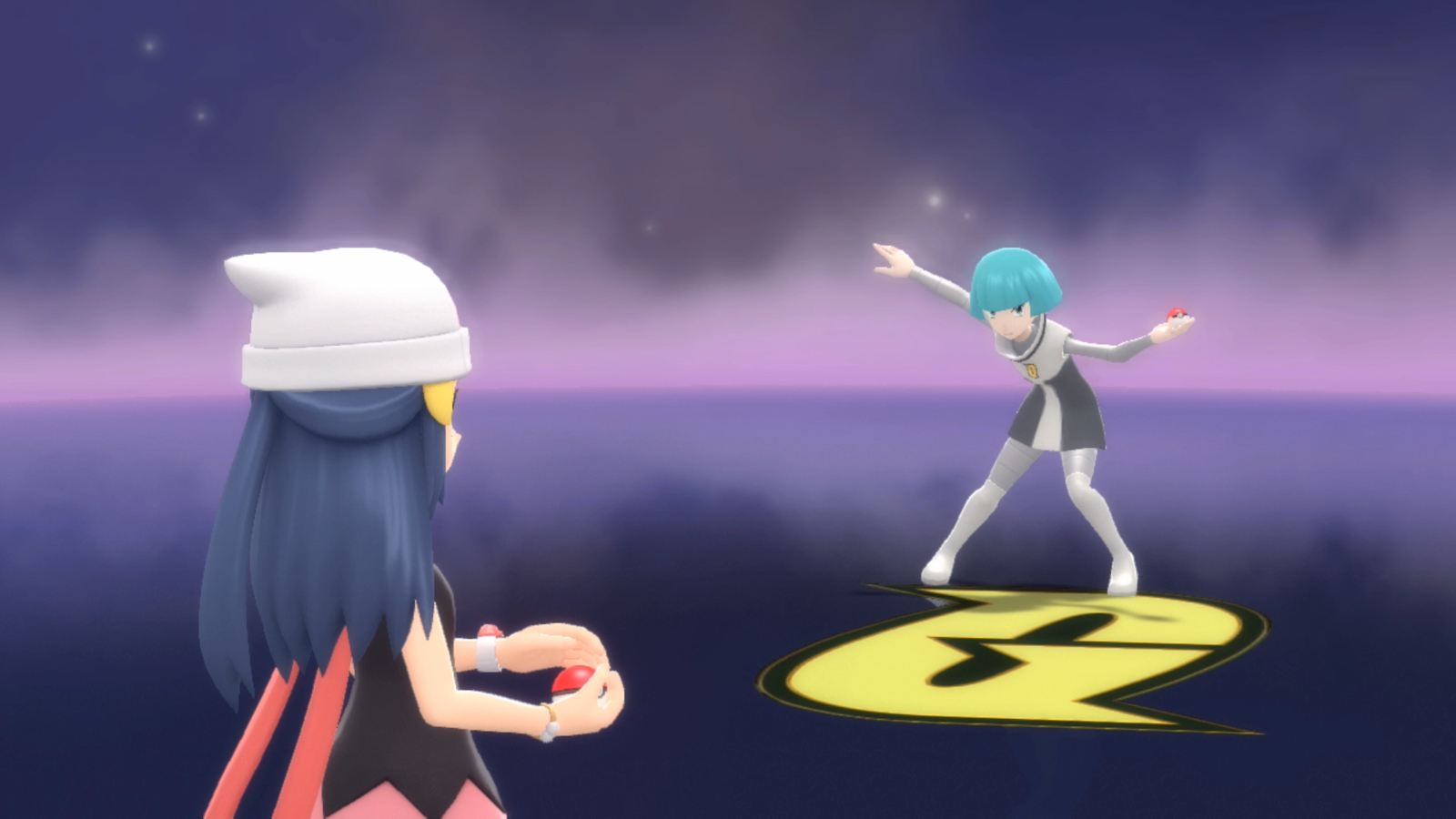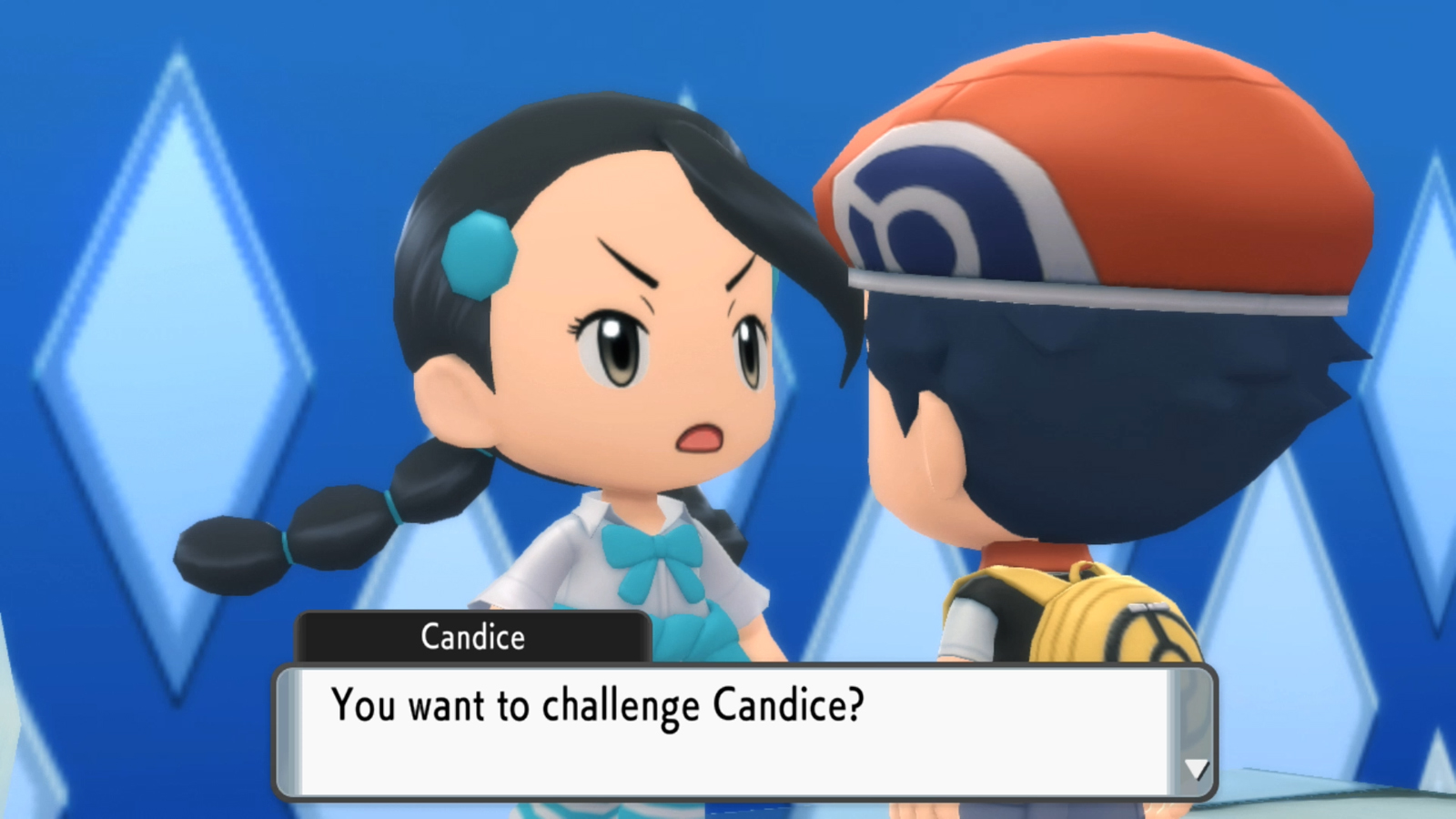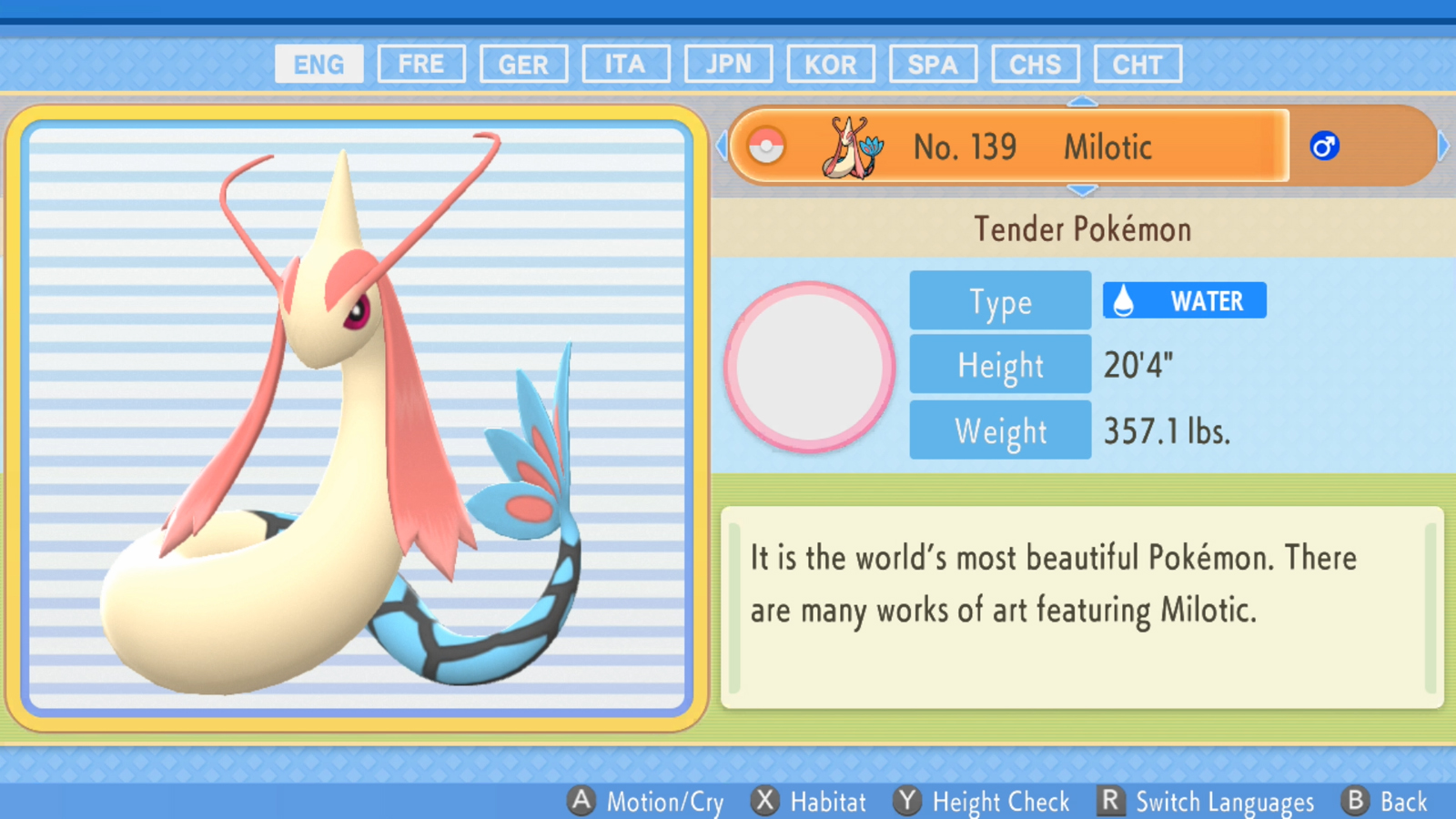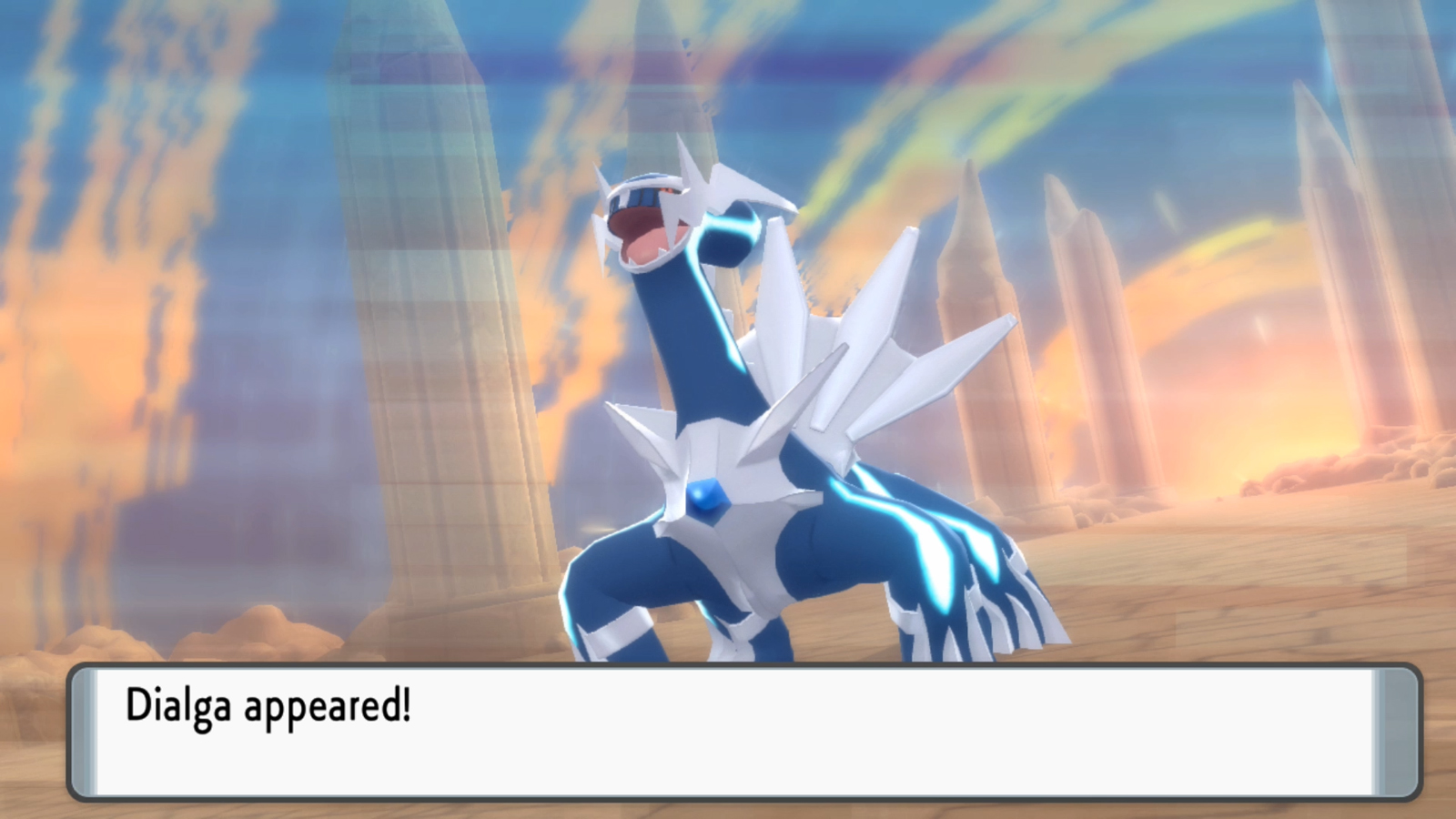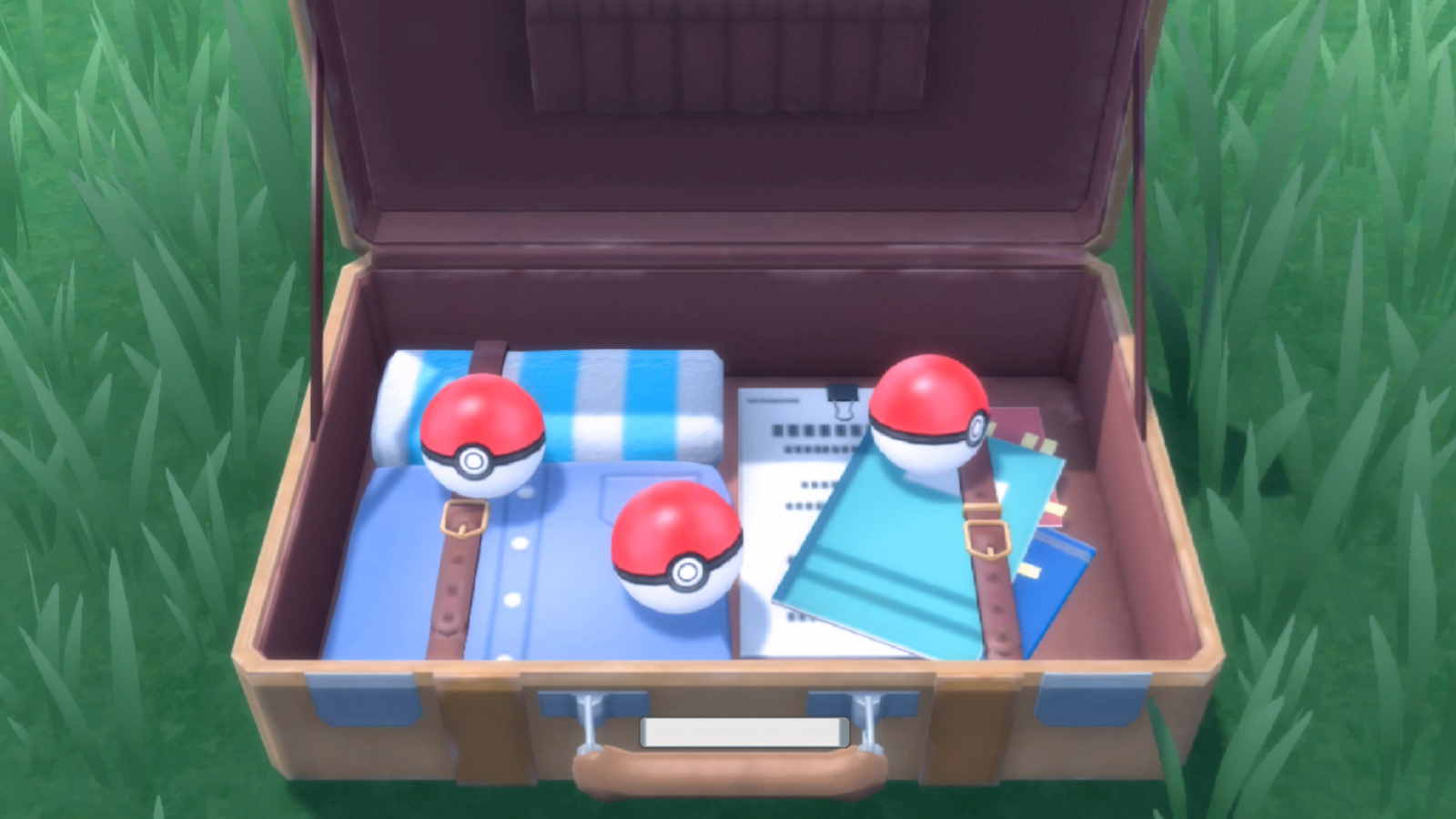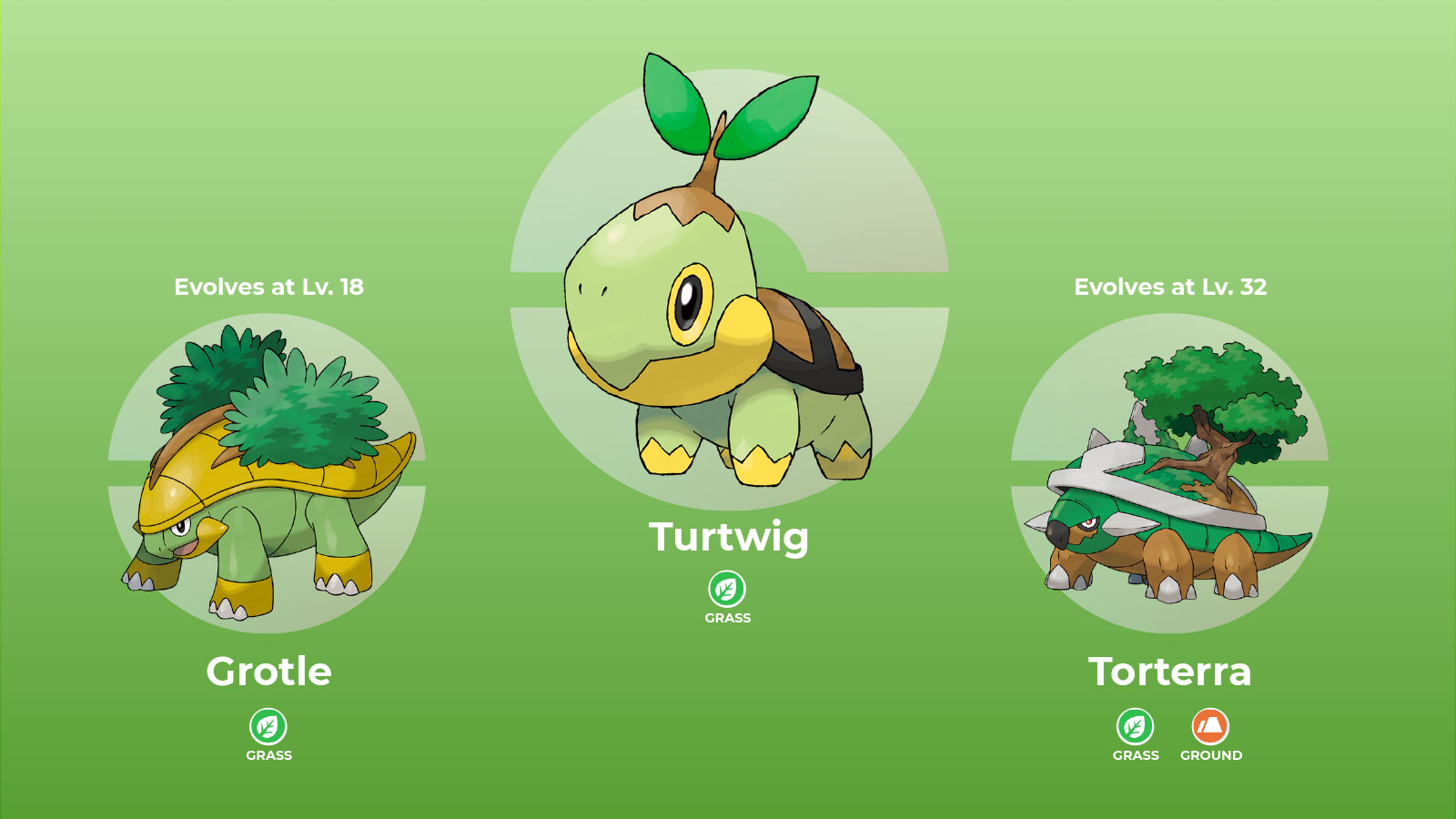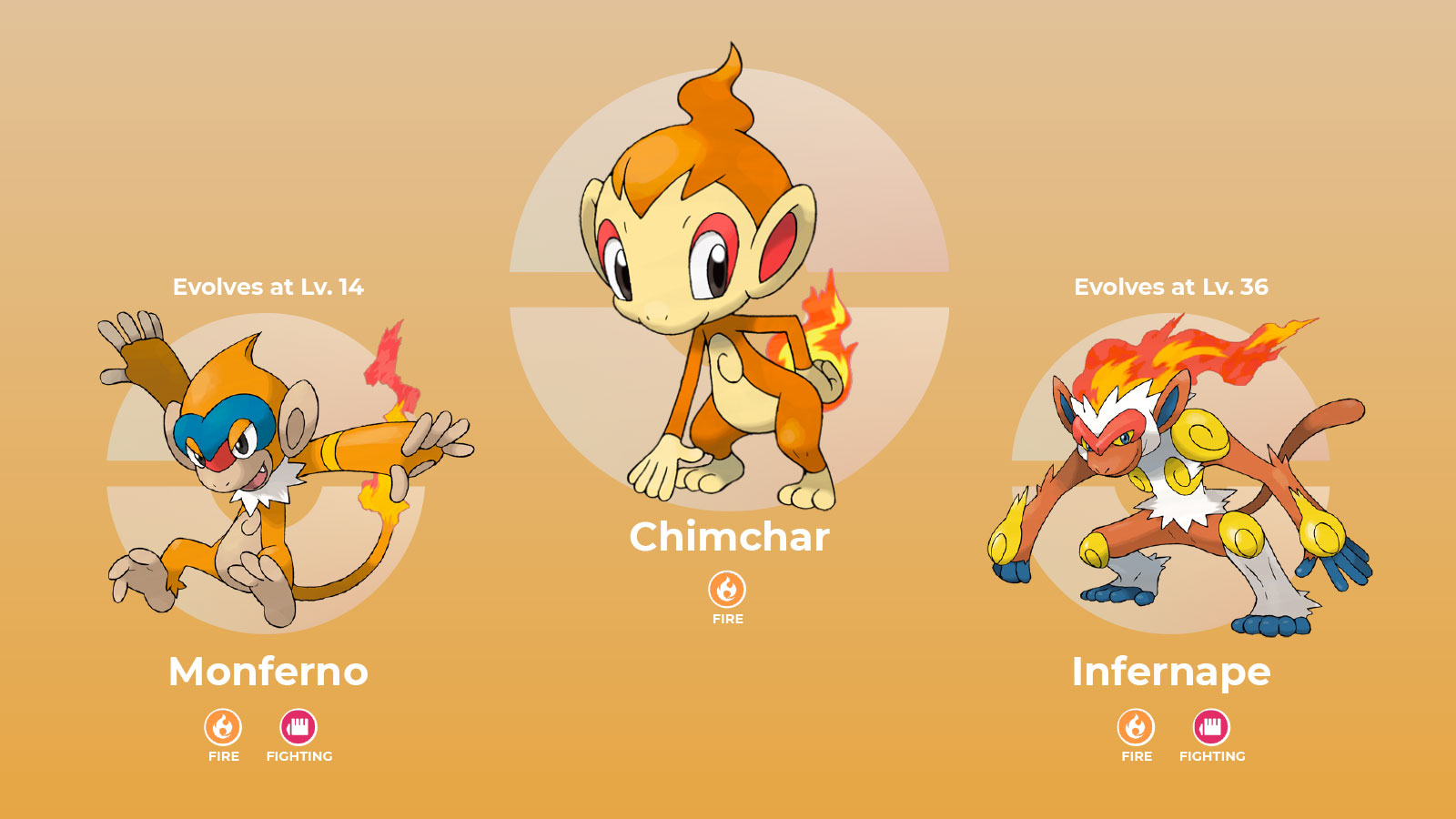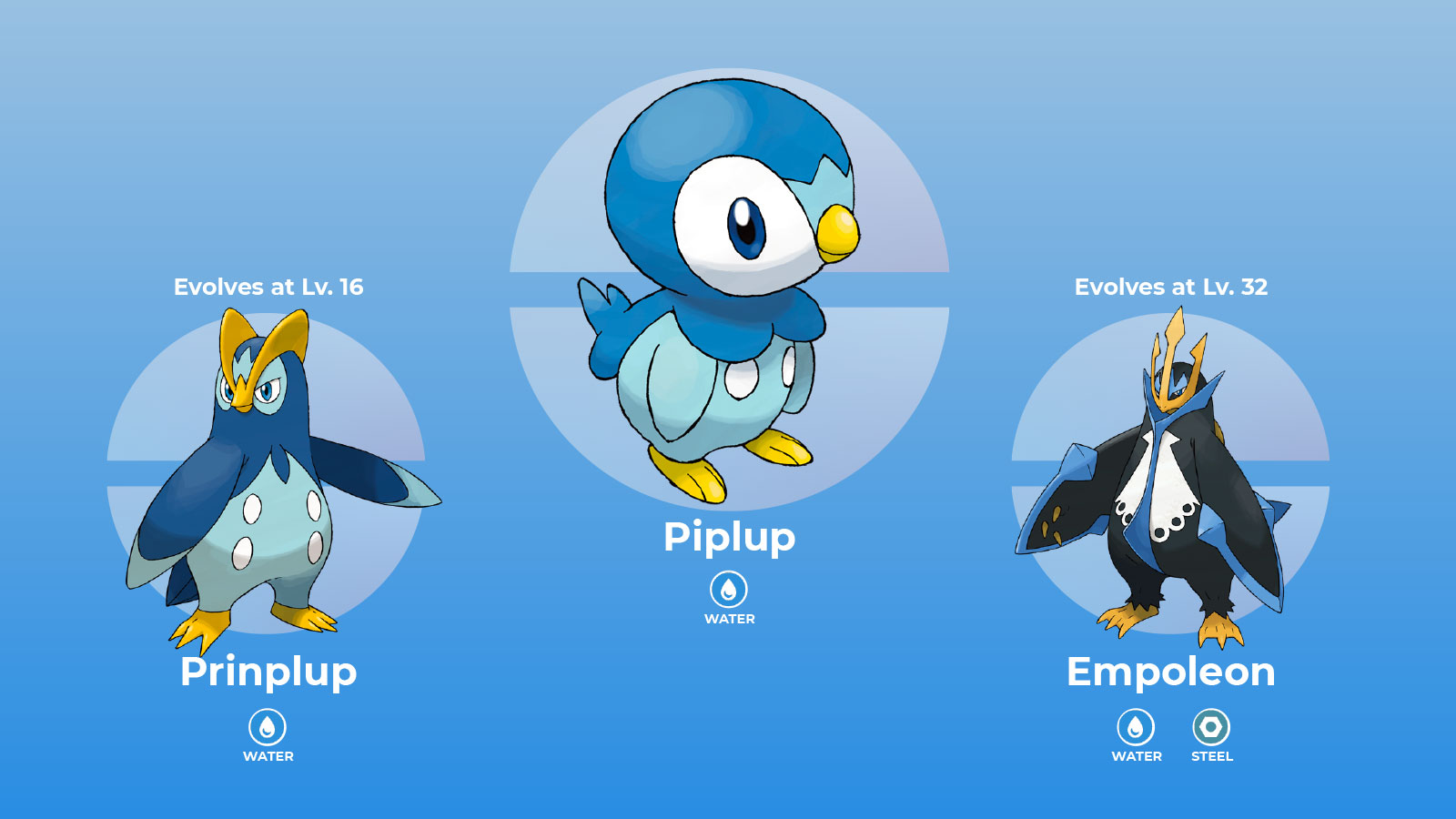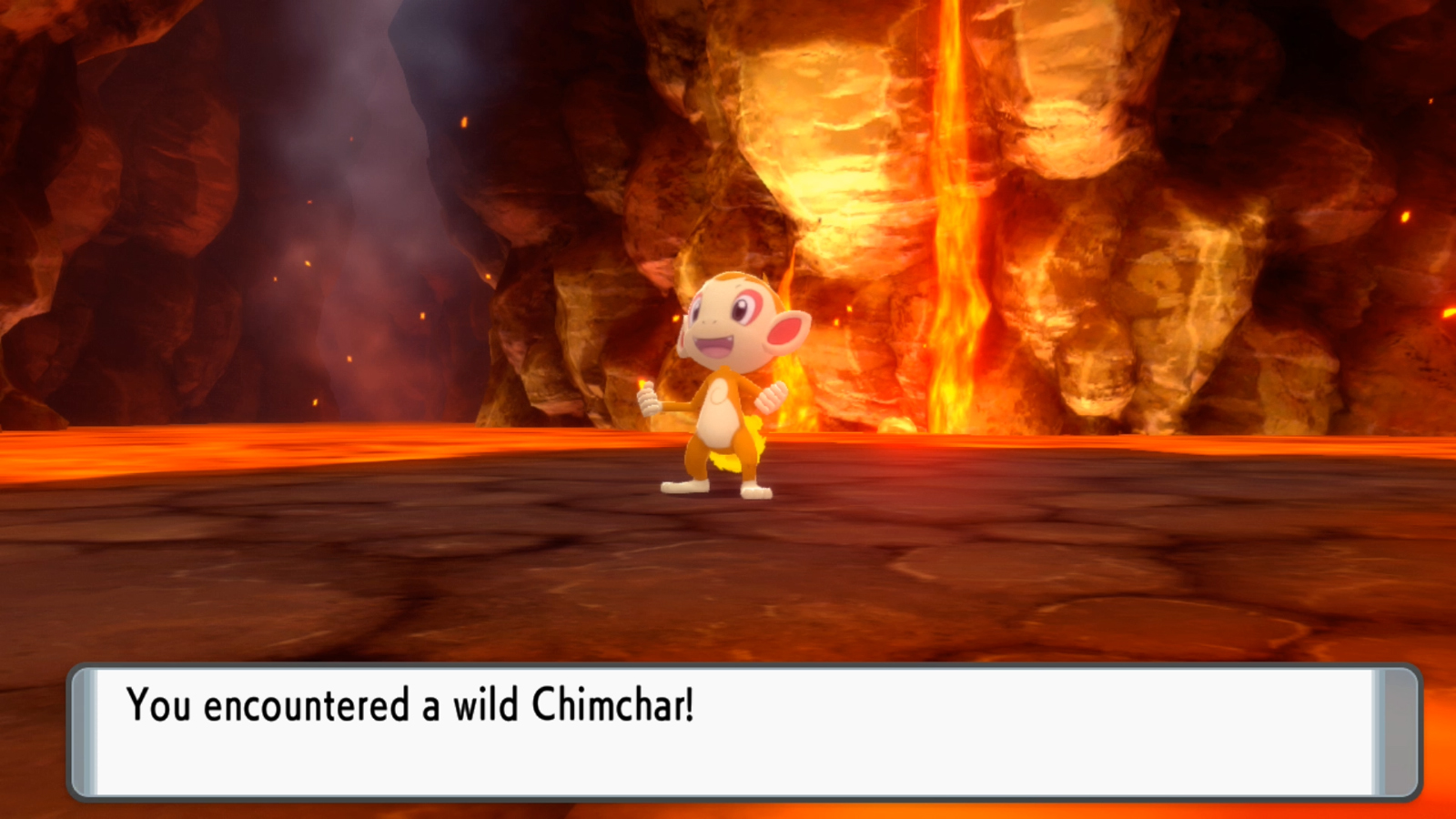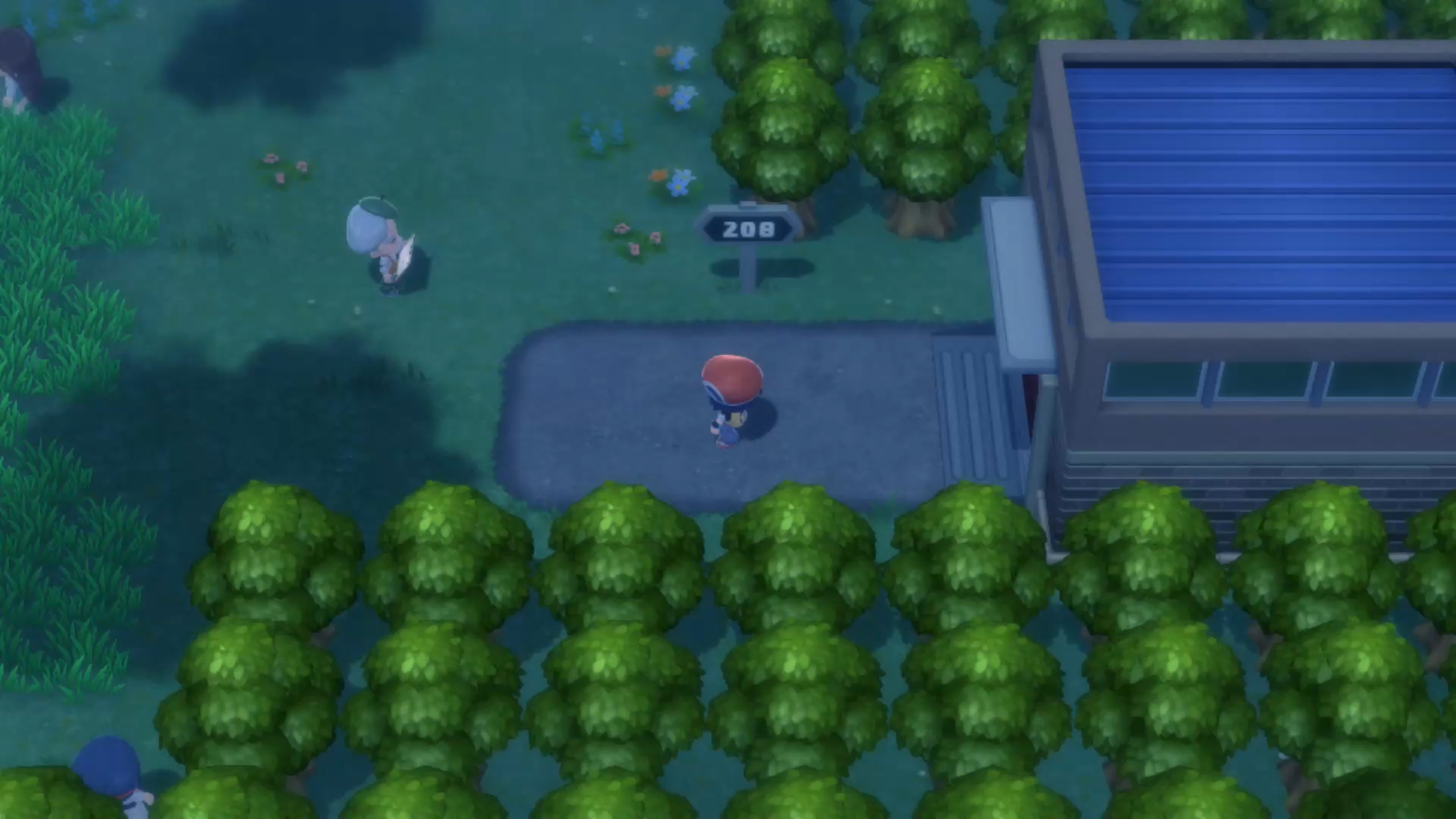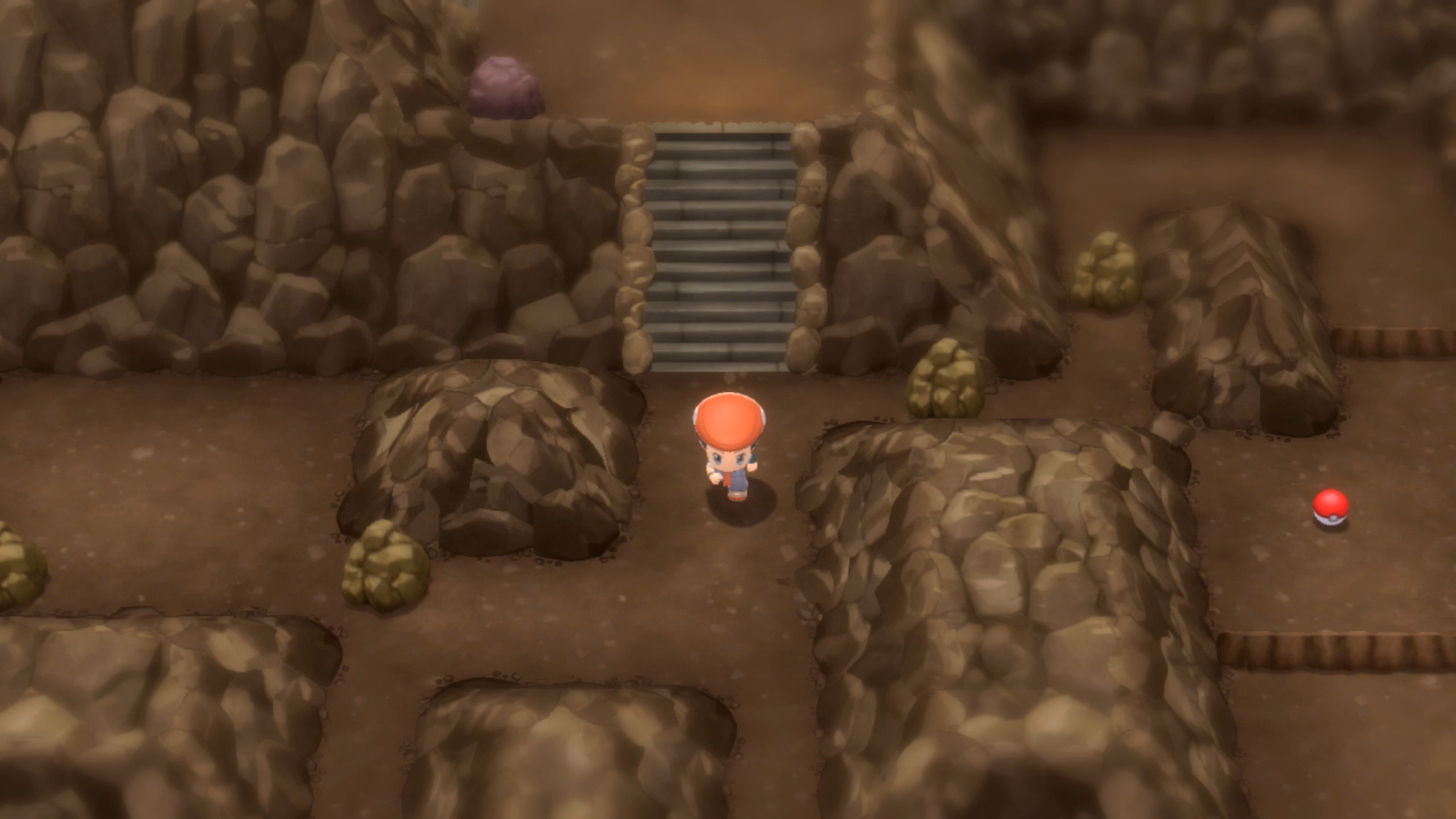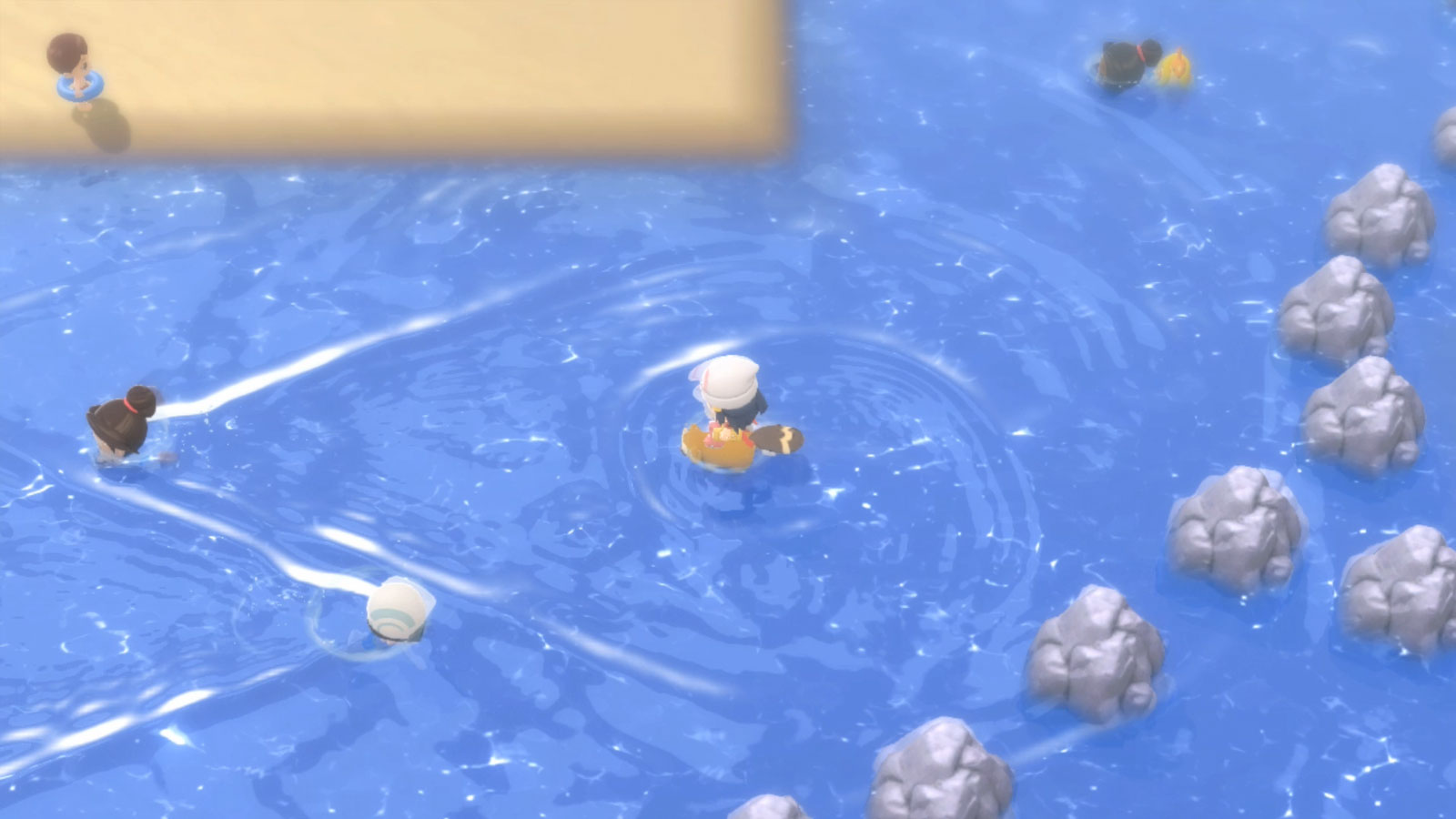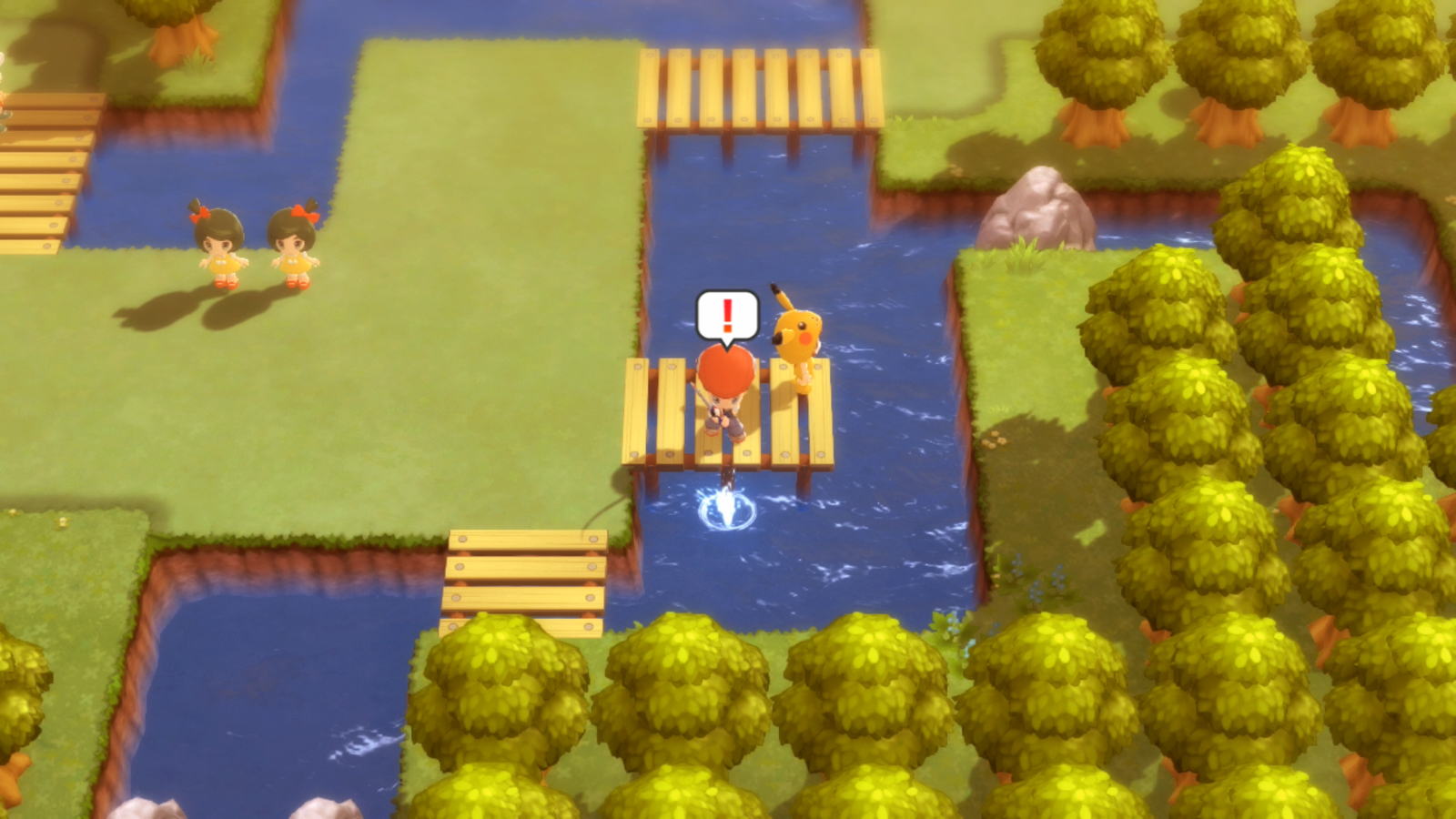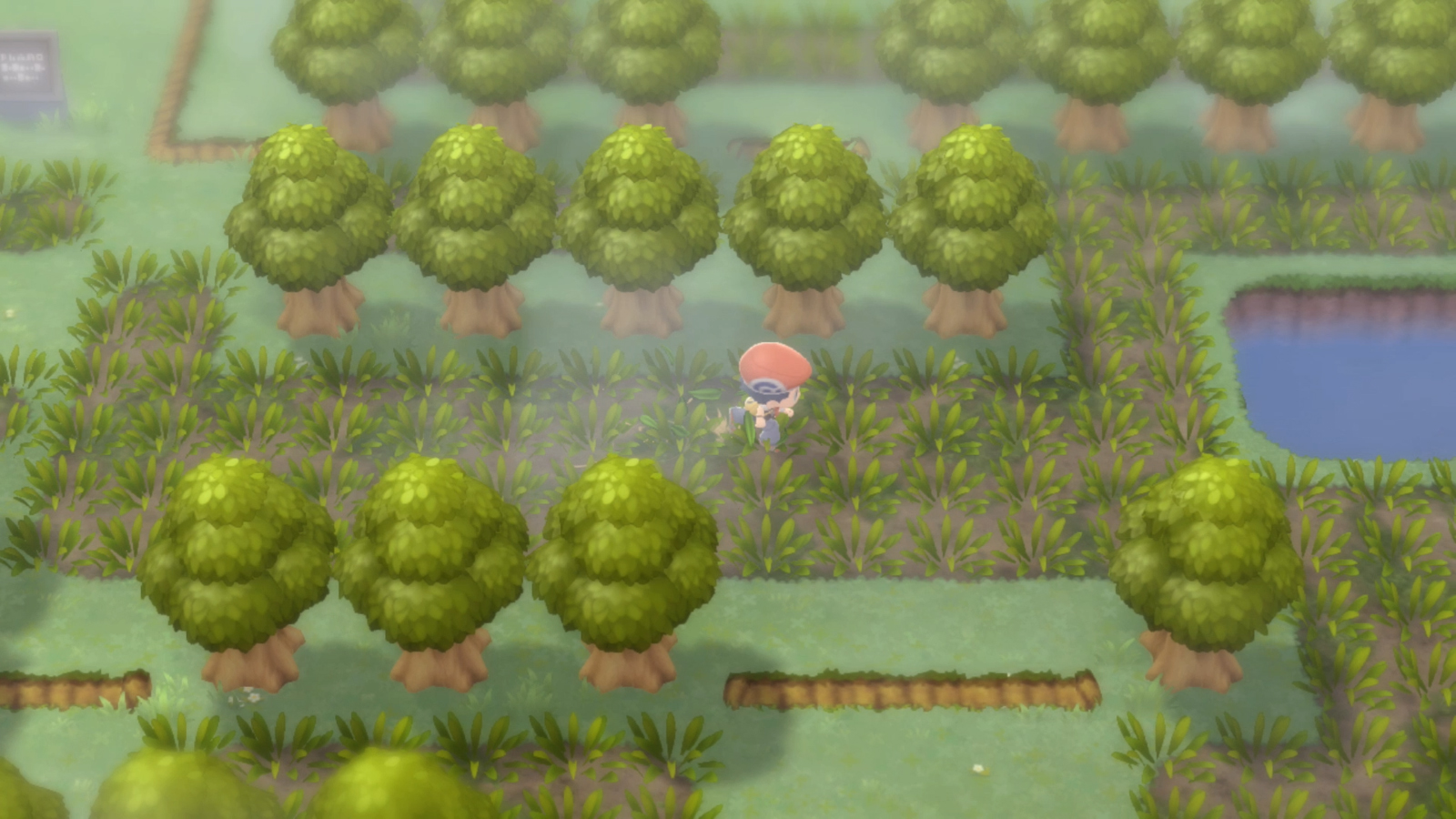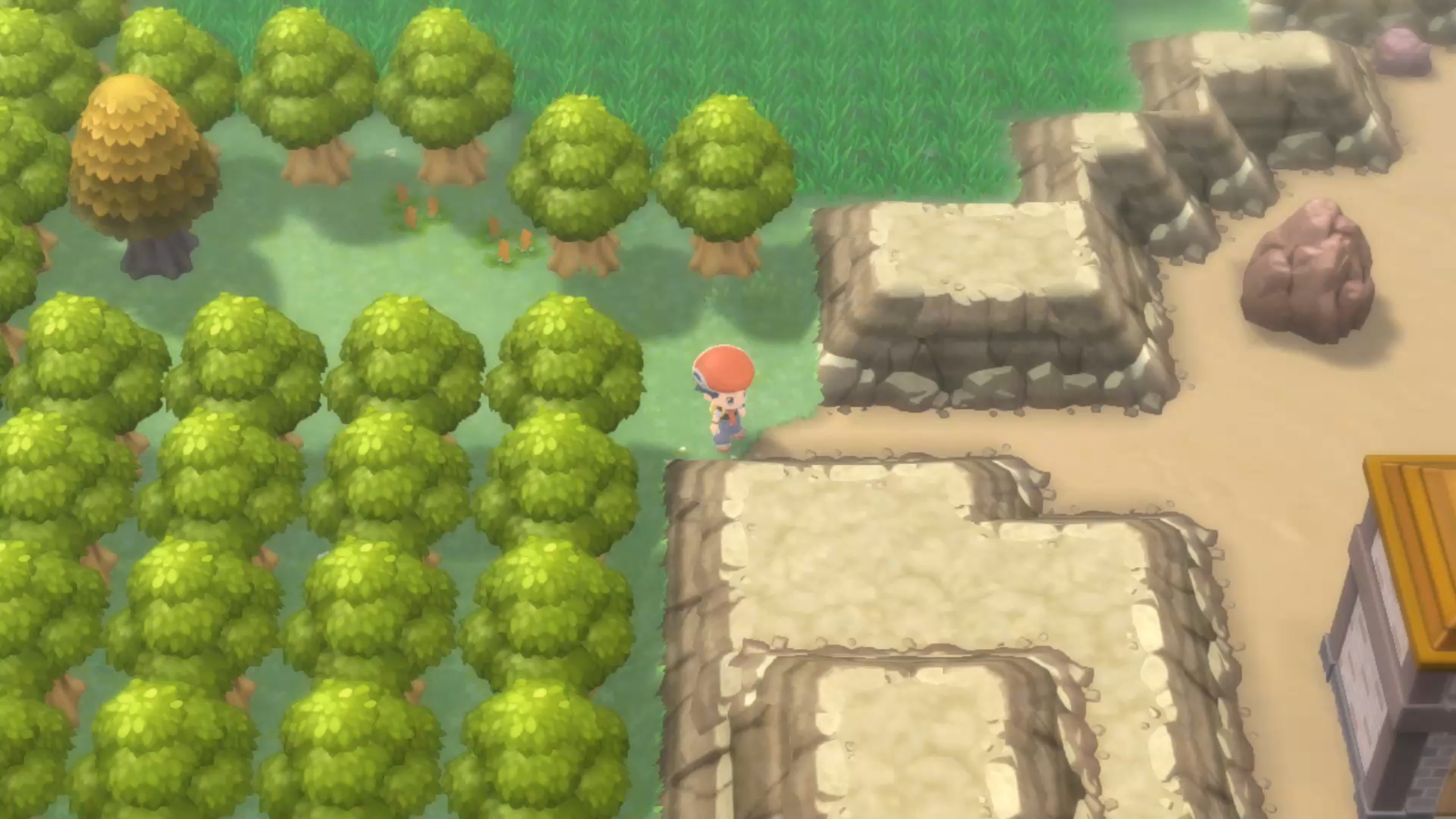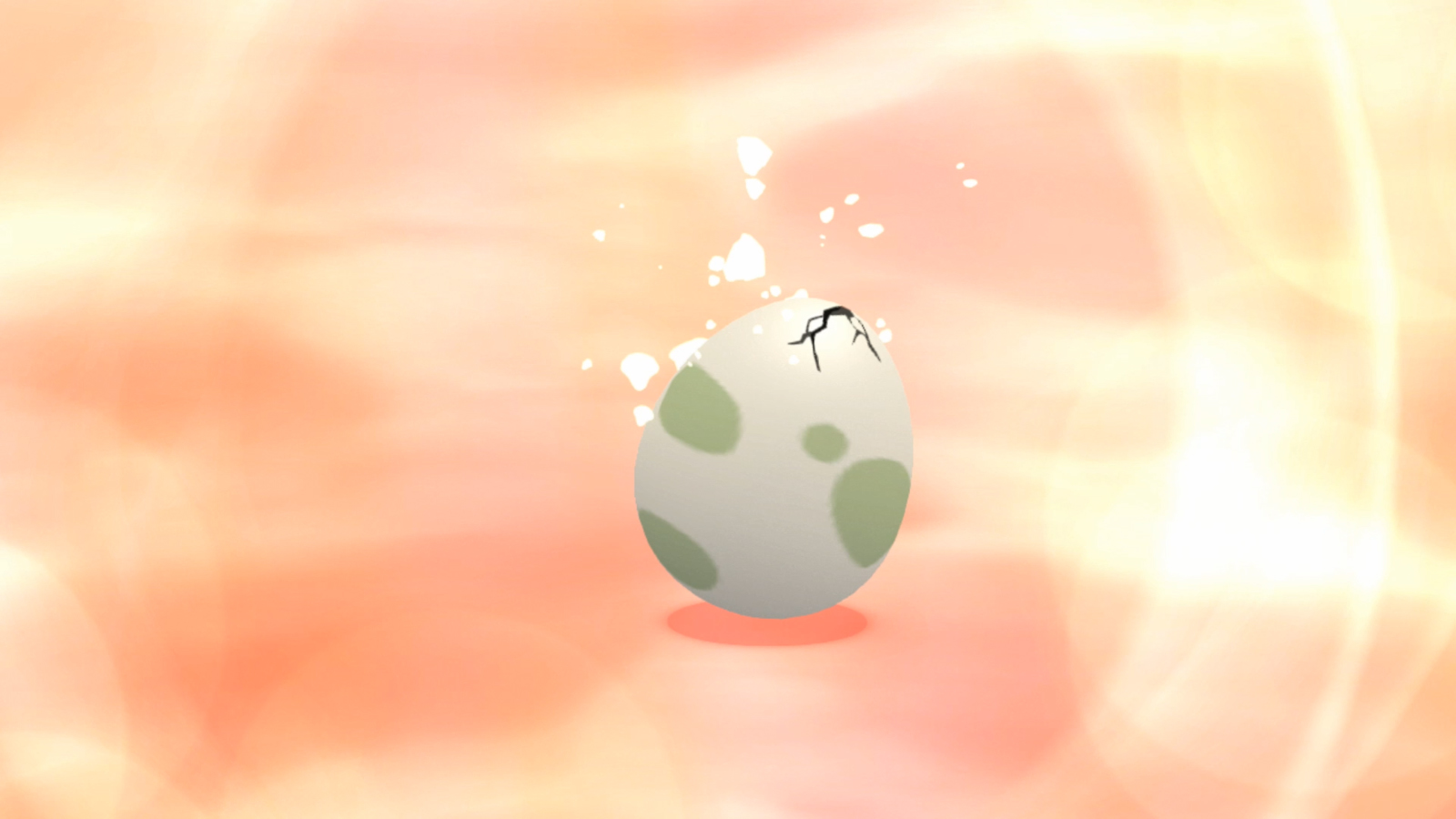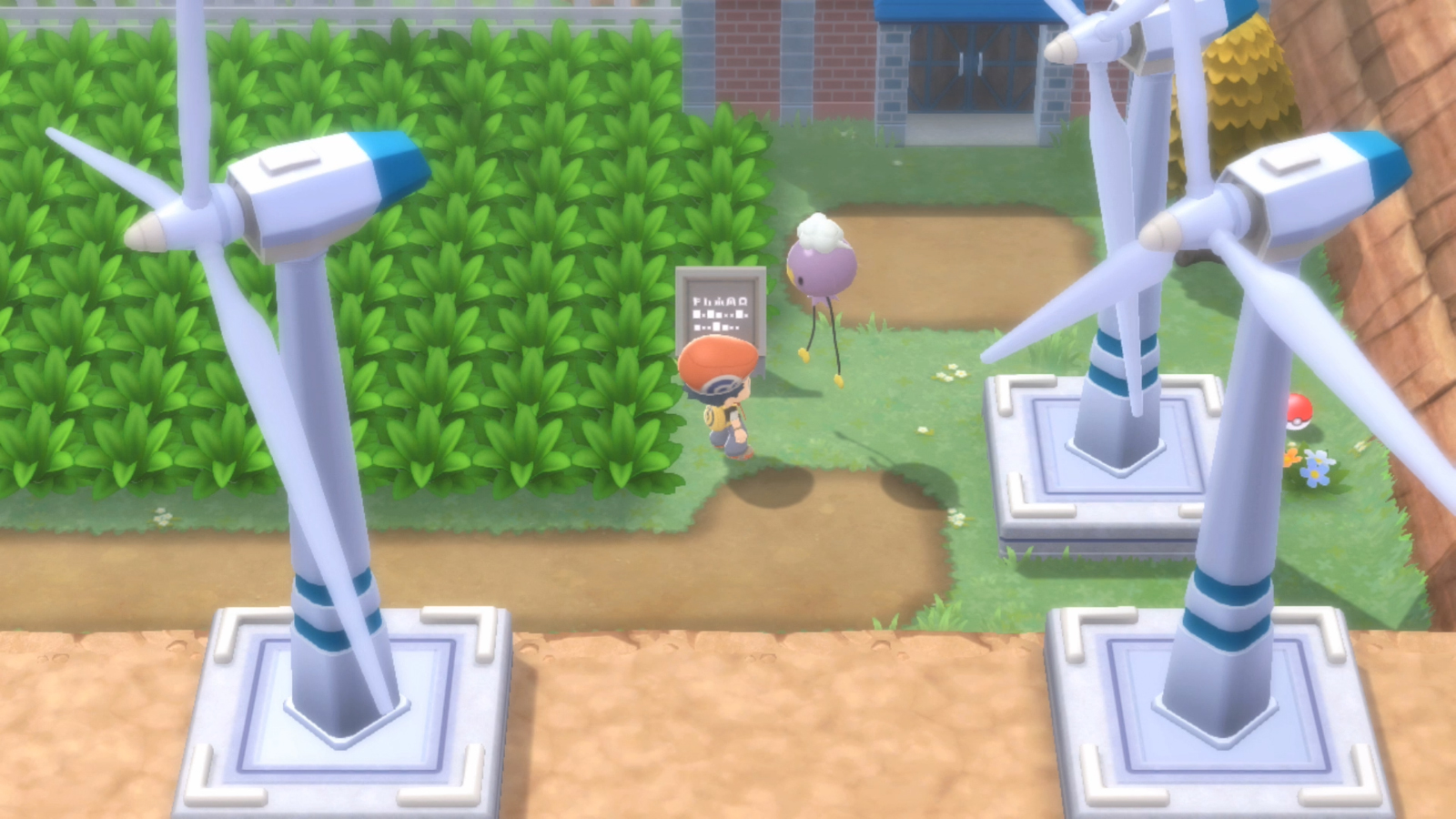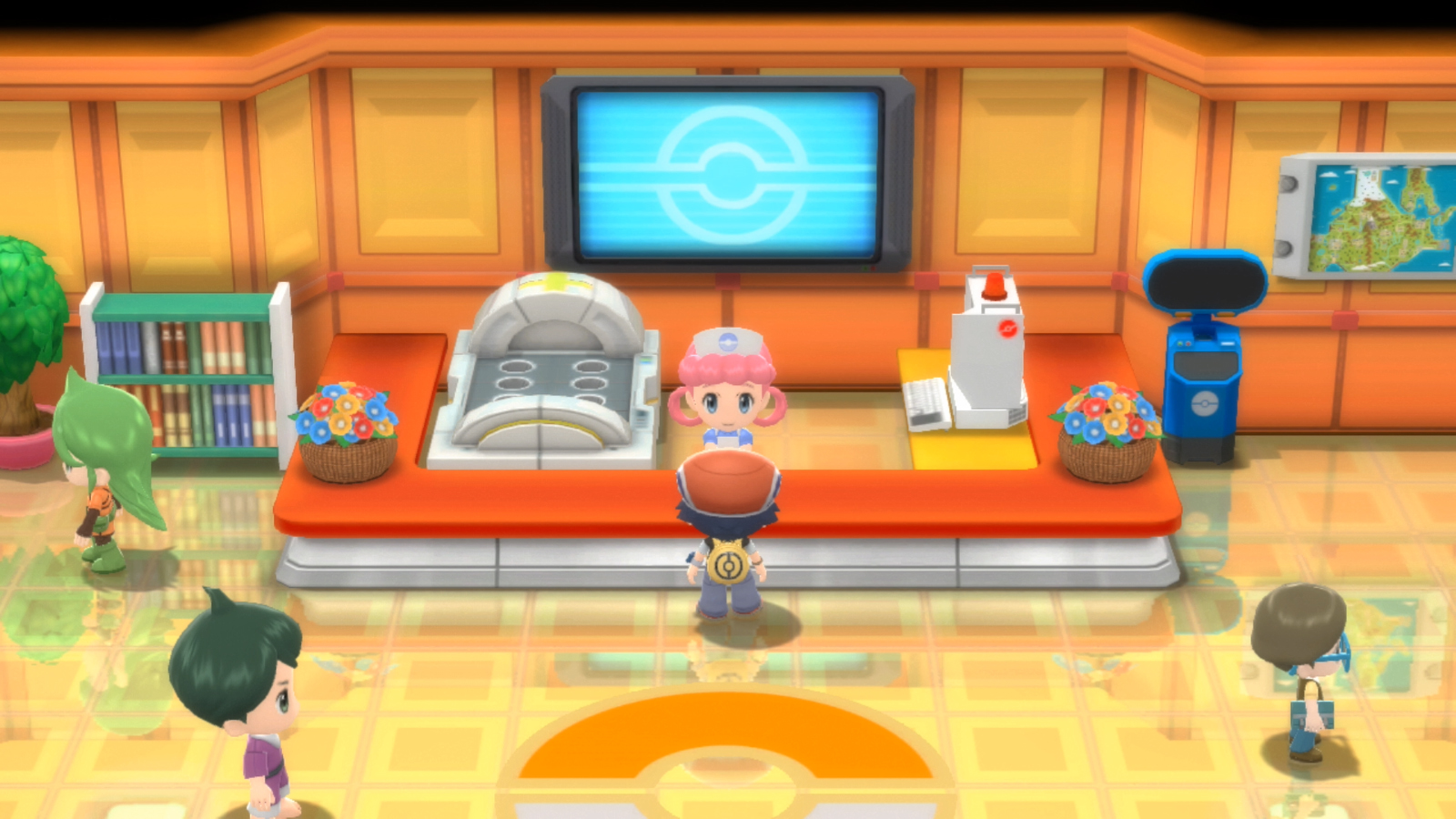Pokémon Trainer Fundamentals
The Basics of Pokémon, Sinnoh Style
Learn the basics of how to catch, battle, and raise Pokémon in the Pokémon Brilliant Diamond and Pokémon Shining Pearl games. If you’ve played other Pokémon games from the core series before, you probably know a lot of this already; read on for a refresher or skip ahead to the Traveler’s Guide to Sinnoh for aspects of Pokémon adventuring that are more specific to Pokémon Brilliant Diamond and Pokémon Shining Pearl.
The Goals of a Pokémon Trainer
When you first begin your adventure in Pokémon Brilliant Diamond or Pokémon Shining Pearl, you’ll be able to choose your language, name, and appearance. Then, this stylish new you will be unleashed in the rugged, mysterious, and Pokémon-filled region of Sinnoh. These games are not a straightforward intro-to-ending affair—unless, of course, that’s all you want them to be. Trainers here can pursue many different paths to glorys.
Building Your Pokémon Roster
Happily, you won’t have to face the many challenges of Pokémon Brilliant Diamond and Pokémon Shining Pearl alone. Your first partner will be one of three Pokémon offered to you at the beginning of the game. With its help, you can catch other Pokémon, build out your team, and eventually fill your Boxes with Pokémon of all types and capabilities. The larger your roster, the more strategic tools you’ll have at your disposal. As your Pokémon grow and evolve throughout your journey, even more exciting surprises await!
Choose the Right Partner for You
You can only choose one of Sinnoh’s three first partner Pokémon to join you in your adventure, but luckily there’s no wrong choice. One may suit your play style more than the others, but all three will prove to be effective companions throughout the game. Whichever first partner you choose, it may very well become one of the strongest Pokémon on your team.
Turtwig
Turtwig is a Grass type that naturally learns an abundance of HP-draining Grass-type moves, as well as a few Dark-type moves for some extra versatility. The Tiny Leaf Pokémon can ultimately evolve into the Grass- and Ground-type Torterra, which has a well-rounded move set and strong defensive stats. Try to level up Turtwig quickly so you’ll have access to some effective Grass-type moves before you face the first Gym.
Chimchar
As the most aggressive of the first partner Pokémon, Fire-type Chimchar is swift and strong, though it’s slightly less resilient than the other two. It develops quickly, evolving into Monferno as early as Lv. 14 and immediately adding solid Fighting-type moves to its repertoire. Chimchar will be at a type disadvantage in the first Gym, so you’ll want to catch a few other reliable Pokémon before you challenge the Gym Leader there. Once you’ve got your first Gym Badge, the Chimp Pokémon and its Evolutions will be a major asset through many of the games’ later Gyms and other challenges.
Piplup
Piplup is the most defense-oriented of the three first partner Pokémon and can ultimately evolve into the extremely resilient Empoleon. Empoleon’s rare type combination of Water and Steel gives it resistance or immunity to a whopping 11 Pokémon types, making it a very difficult Pokémon to knock out. Piplup may struggle a bit in the second Gym, so if you choose the Penguin Pokémon, try to level up a few other Pokémon you can rely on through the early parts of the game.
Where Wild Pokémon Dwell
Finding top-tier Pokémon in open briefcases is, alas, a rare occurrence. You’ll need to do a lot more work to catch the rest of your roster—tracking Pokémon to their native environments, carefully weakening them through battle, and then catching them in Poké Balls. We’ll discuss the art of the catch in Battling Wild Pokémon, but for now, let’s get a rundown of where these wild Pokémon dwell.
Other Ways to Find Wild Pokémon
While tromping through the wilderness may be the most common way of finding new Pokémon to catch, it’s not the only way. Some Pokémon can only be caught through more unconventional means.
Trading for Pokémon
The final method of acquiring Pokémon is simply to trade for them. There are Trainers within the game who are willing to part with a rare Pokémon in exchange for a certain catchable wild Pokémon, but most trading is conducted between players. Trading is the best way to get Pokémon that are exclusive to only one version of the game. On top of that, Pokémon received via trade gain more Exp. Points and level up faster than Pokémon caught in the wild! When you’re ready to trade, visit the second floor of any Pokémon Center to get started.




